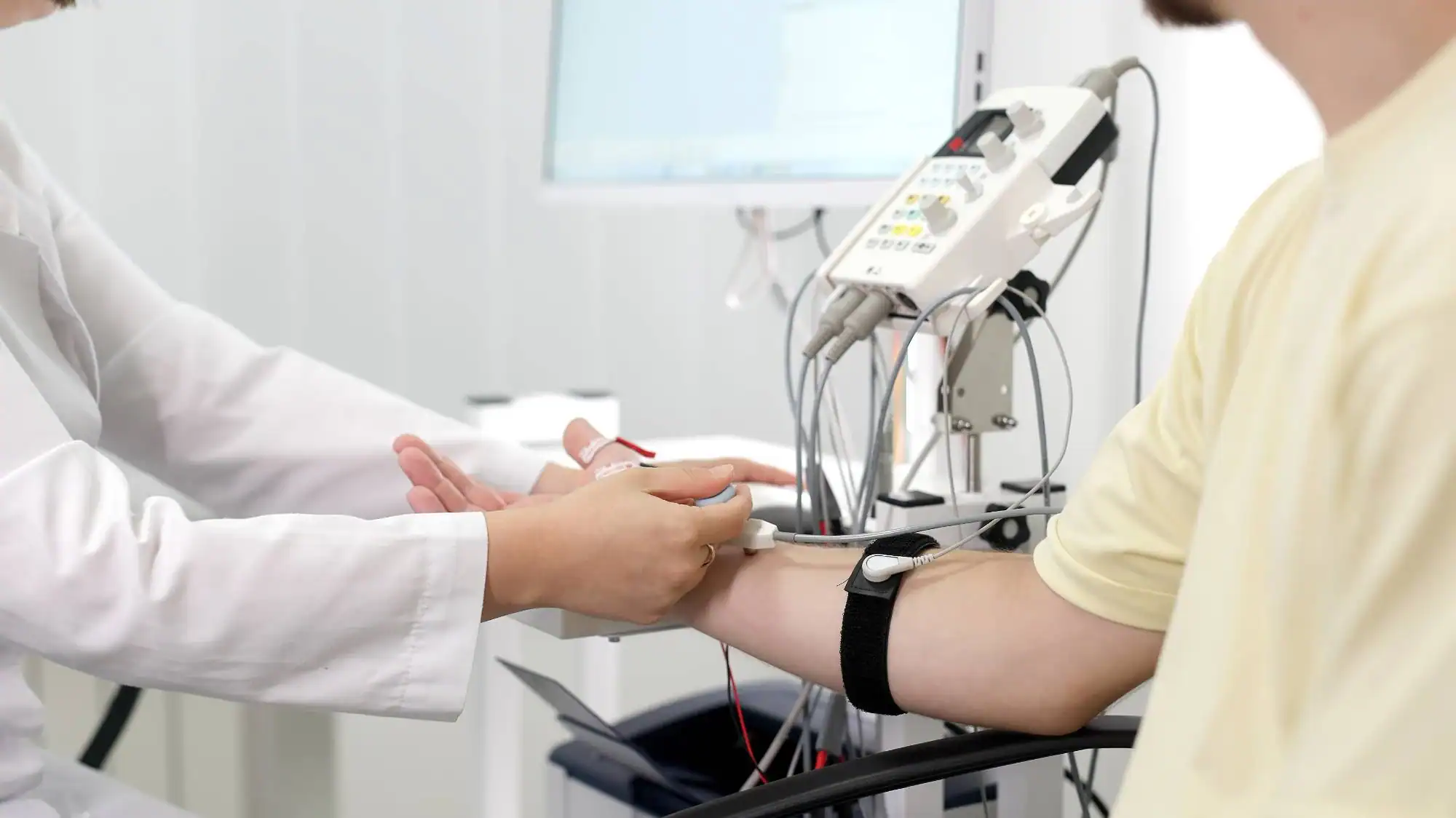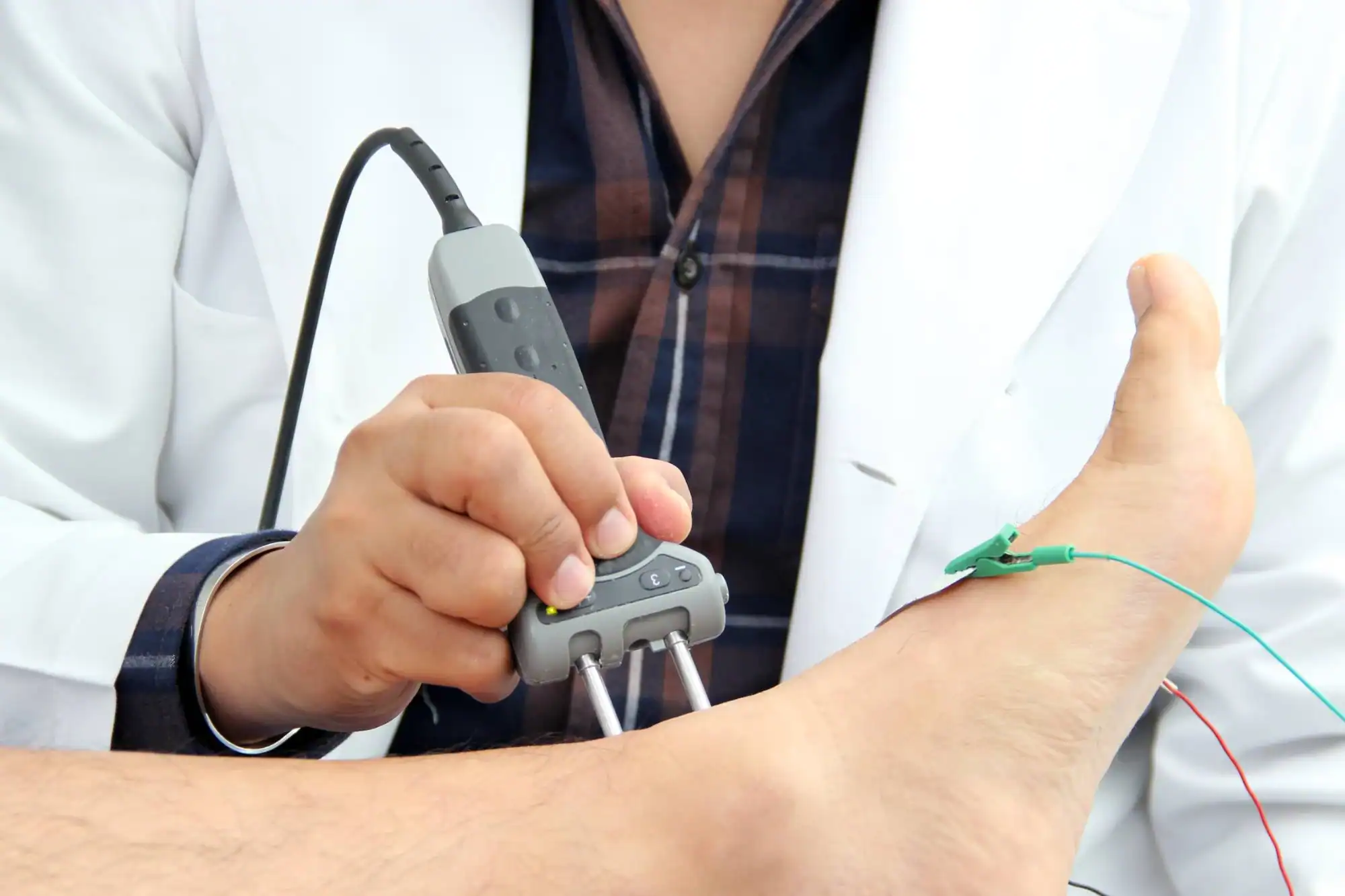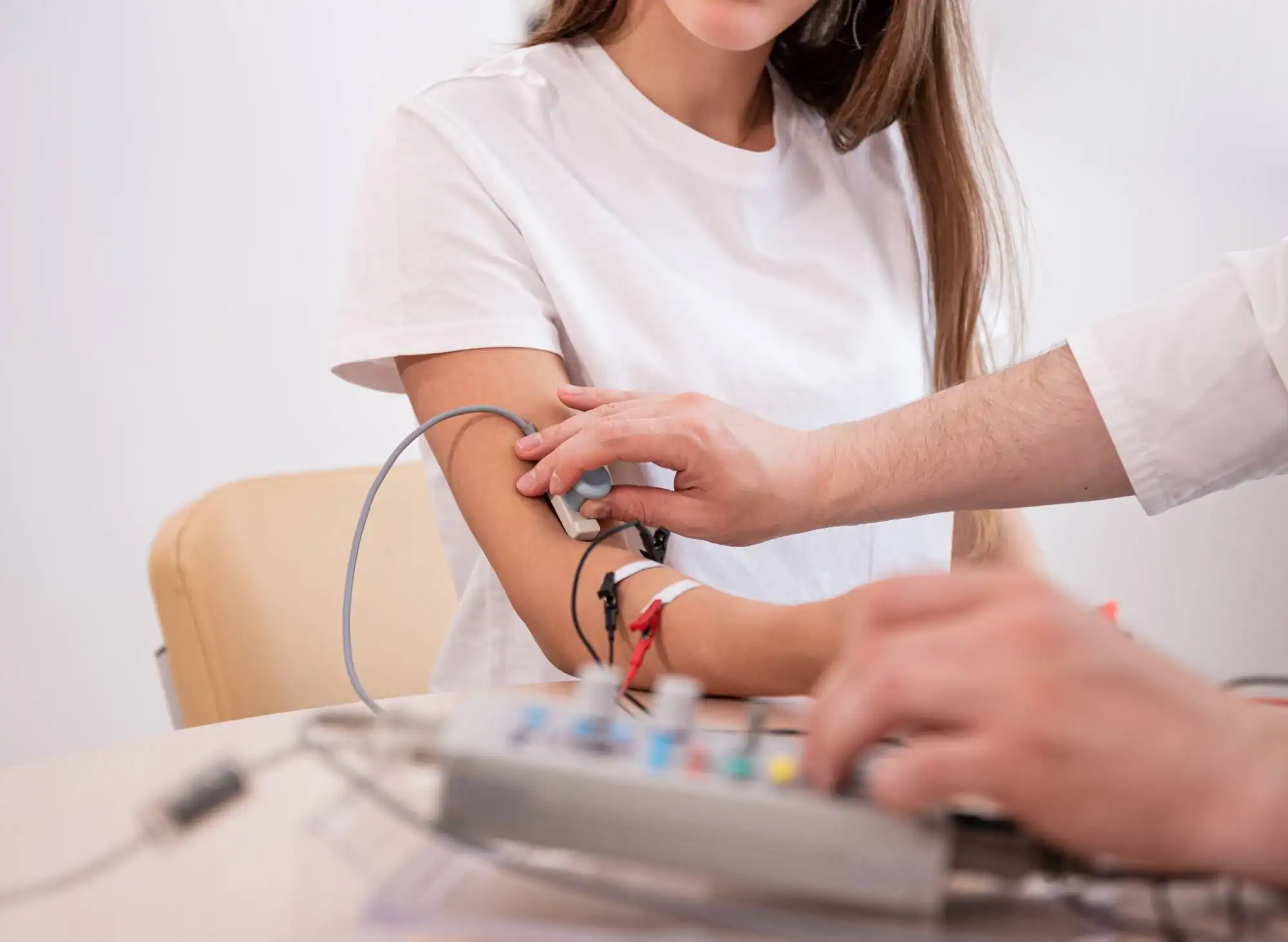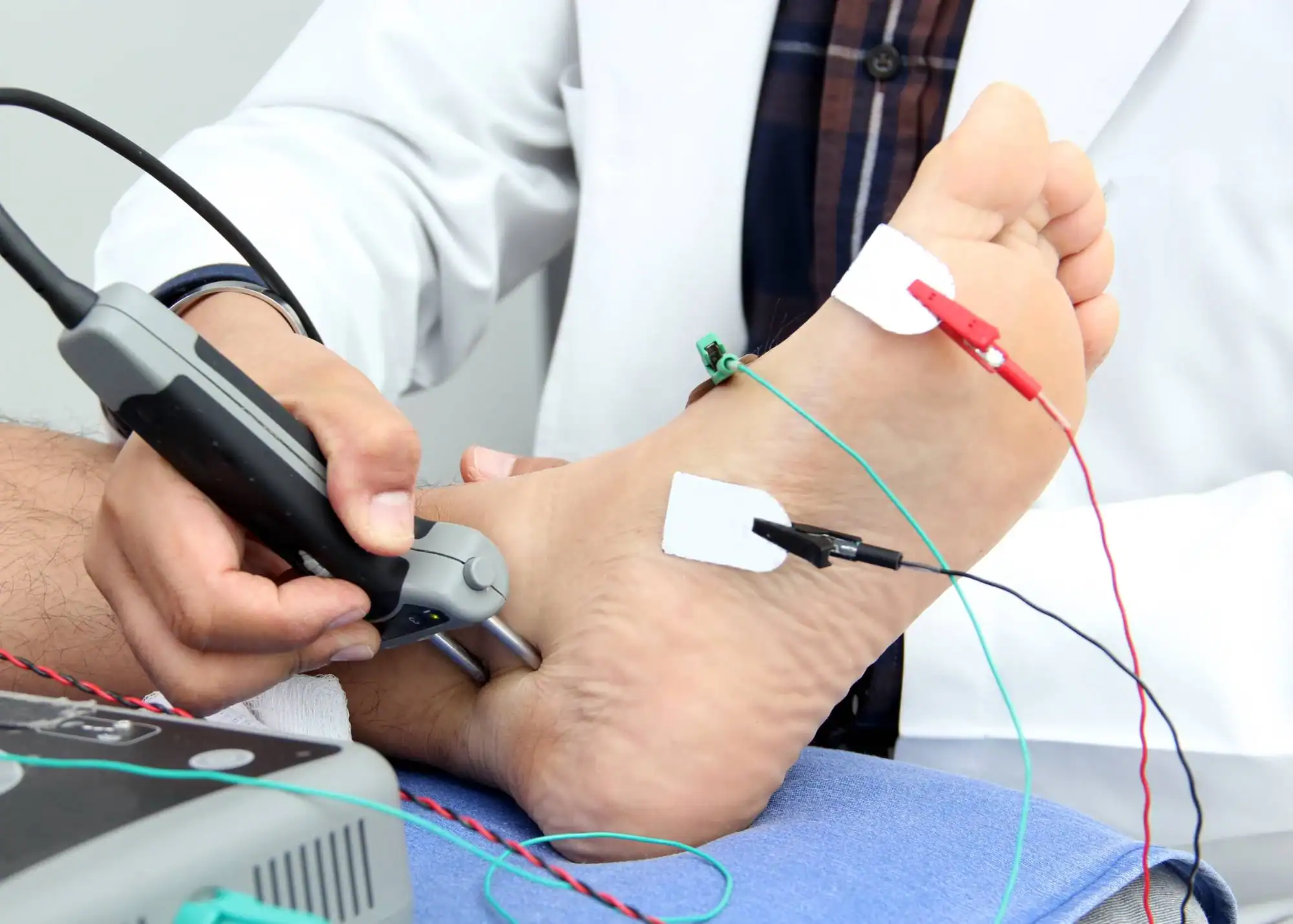Advanced diagnostic testing that pinpoints exactly what’s causing your numbness, tingling, or weakness.


You’ve been dealing with symptoms that don’t make sense. Numbness in your hands that makes it hard to grip things. Tingling in your feet that keeps you awake. Weakness that’s getting worse, not better.
Nerve and muscle testing gives you concrete answers. Instead of guessing what’s causing your symptoms, you get precise measurements of how your nerves conduct signals and how your muscles respond. This isn’t about managing pain indefinitely – it’s about understanding exactly what’s happening in your body.
When you know the specific problem, you can target the right treatment. No more trial and error with medications that might help. No more wondering if your symptoms are “all in your head.” Just clear diagnostic information that leads to effective treatment.
NY Spine Medicine has been serving South Florida patients who need answers about their nerve and muscle problems. We understand that unexplained symptoms are frustrating, especially when previous doctors haven’t been able to identify the cause.
Our practice focuses specifically on diagnostic testing for spine-related nerve issues and associated muscle problems. This specialization means we see these conditions every day and know exactly what to look for during testing.
Located to serve Naranja and surrounding communities, we accept most major insurance plans and provide same-day results when possible.

The testing process involves two main components: electromyography (EMG) and nerve conduction studies (NCV). During nerve conduction testing, small electrical impulses are applied to specific nerves while sensors measure how quickly and effectively the signals travel. This shows whether nerves are functioning normally or if there’s damage affecting signal transmission.
EMG testing involves inserting thin needle electrodes into specific muscles to measure electrical activity. This reveals whether muscle weakness is due to nerve problems or muscle disorders. The entire process typically takes 30-60 minutes depending on which nerves and muscles need evaluation.
You’ll receive results the same day in most cases. We explain exactly what the tests show, what your specific condition means, and what treatment options are most likely to help. No medical jargon – just clear information about your diagnosis and next steps.

Ready to get started?
Your evaluation includes testing of both sensory and motor nerve function to identify conditions like carpal tunnel syndrome, diabetic neuropathy, sciatica, or pinched nerves. The testing can distinguish between different types of nerve damage and determine exactly where problems are occurring.
Muscle testing evaluates conditions like muscle weakness, cramping, or suspected muscle diseases. This is particularly important for patients experiencing weakness that could be related to nerve problems versus primary muscle disorders.
The comprehensive approach means you get a complete picture of what’s happening. If you have multiple symptoms affecting different areas, the testing can determine whether they’re related to a single condition or separate problems requiring different treatments. This prevents the common problem of treating symptoms individually when they’re actually connected to one underlying issue.
